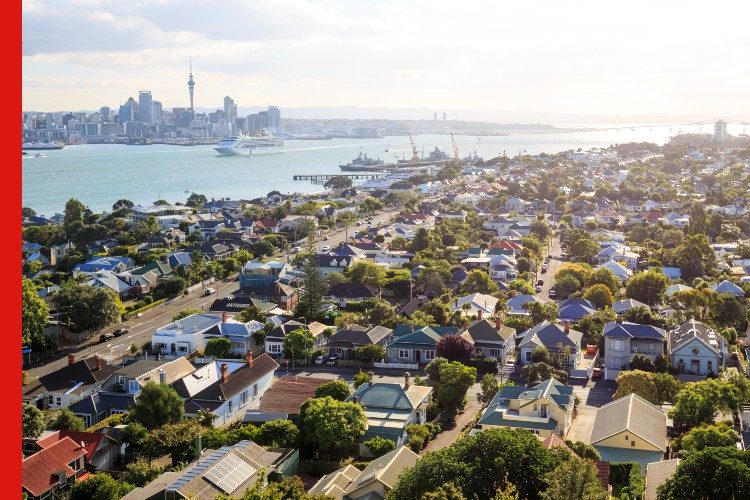
OPINION: Now that the consensus among economists is that the housing market is “on the rise”, the immediate next question is “how fast will prices rise and how high will they go”.
As with the answer to the question we have been asking for the past 18 months, as to how long the downturn will last, there is no definitive answer to this question.
Naturally, the fact there is no answer will not stop endless speculation as to what might happen.
While I’ll leave the forecasting to the economists, I thought there might be value in looking back over time to see how prices recovered from previous periods of significant downturn.
My analysis showed that if past trends are an indicator of the future, the recovery could be a long, slow process.
What is fact is that the national median sales price in August 2023 was $767,000*. The peak national median, which occurred in November 2021, was $920,000.
That’s a gap of $153,000 and represents a fall of 20%.
Looking at this comparison in isolation can paint something of a false impression when looking at what has happened to prices across the past 19 months. Only an extremely small number of homes ever sold at the November 2021 peak, and only a modest number of homes sold at August’s 2023 median price.
It seems to me a more realistic way of looking at prices is to compare the median yearly prices across 2021 and 2022, and the eight months of 2023.
To make this comparison I have used the Barfoot & Thompson median price data as I have better ready access to this than REINZ data, and our data is always within a few percentage points of the national’s body’s Auckland data.
Our median yearly price for 2021 was $1,012,000; for 2022 $1,017,000; and for the eight months of 2023 $991,000.
That is a gap of $26,000 between the 2022 value and that for the eight months of 2023, or a 3% fall.
I accept that I’m open to claims of manipulating figures to make them look ‘less alarming’ by looking at the yearly figure, but the reality is that most economic comparisons across periods are done on a year v year basis.
When looking back into the records I have also had to revert to the average price because, until recent times, the average price was the more common measure of house price change, and our records covering yearly prices, which go back to the early 1950s, measure average not median prices.
In 2021, our yearly average sales price was $1,156,000; in 2022 it was $1,176,000; and for the 8-months of 2023 $1,092,000.
This gives a fall between 2022 and 2023 of $84,000 or 7.1% (a figure higher than the median fall, countering hopefully any suspicion that I’m deliberately looking to downplay the size of recent price declines) while in 2022 the average price increased over that for 2021 was $20,000, or 1.7%.
This table compares the three largest falls in modern times with the current fall.
| % drop | Peak Year | Cause | Recovery time |
| 7.1% | 2022 | Economic downturn | ?? |
| 5.0% | 2008 | Global Financial Crisis | 4 years |
| 1.8% | 1990 | Kuwait invasion | 4 years |
| 8.5% | 1962 | American Depression | 3 years |
In summary, the current fall in prices is the highest since 1962.
The table suggests that unless something out of the ordinary happens, the road to a return to 2021 prices is likely to be longer than shorter.
Prices will inevitably return to the heights achieved in late 2021 but, as we move forward, vendors might be over optimistic if they are expecting to see it happen rapidly.
*REINZ price
